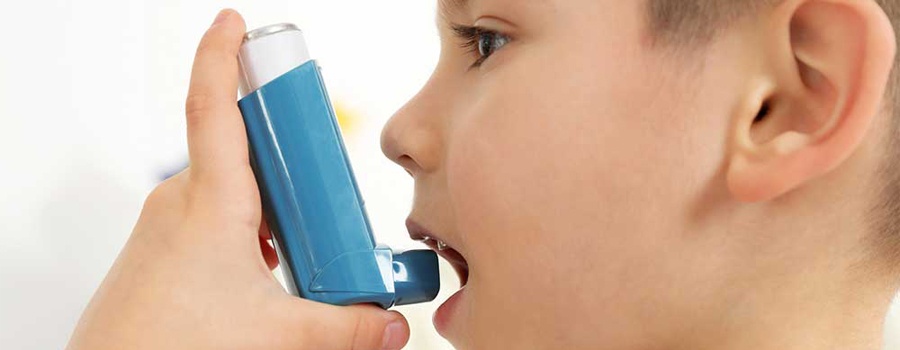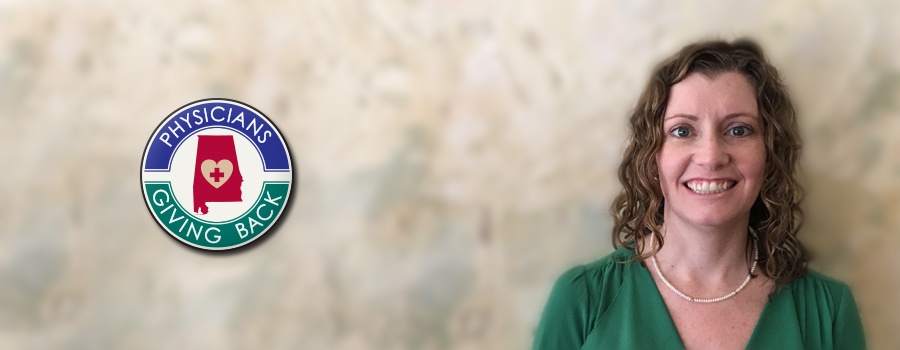Tag: asthma
-

Critical Errors in Inhaler Technique Common in Children with Asthma
In the first study to evaluate inhaler technique in children hospitalized for asthma – the group at highest risk for complications and death from asthma – researchers found that nearly half of participants demonstrated improper inhaler use, which means they routinely were not taking in the full dose of medication. Adolescents most commonly displayed critical…
-

Largest Pediatric Study Shows Obesity Increases Asthma Risk in Children
ORLANDO – Ten percent of pediatric asthma cases could be avoided if childhood obesity were eliminated, according to research led by Nemours Children’s Health System. The research, published in Pediatrics, the journal of the American Academy of Pediatrics, reported on the analysis of medical records of more than 500,000 children. The study is among the…
-

Breathing Easier with Amy CaJacob, M.D.
BIRMINGHAM – The most recent Alabama data find one in every 10 Alabama adults, or 306,000, suffer from asthma. The data also show more than 12 percent of Alabama children are living with the chronic respiratory disease at some point in their lives. Unfortunately, these children live sheltered lives trying to avoid the triggers that…